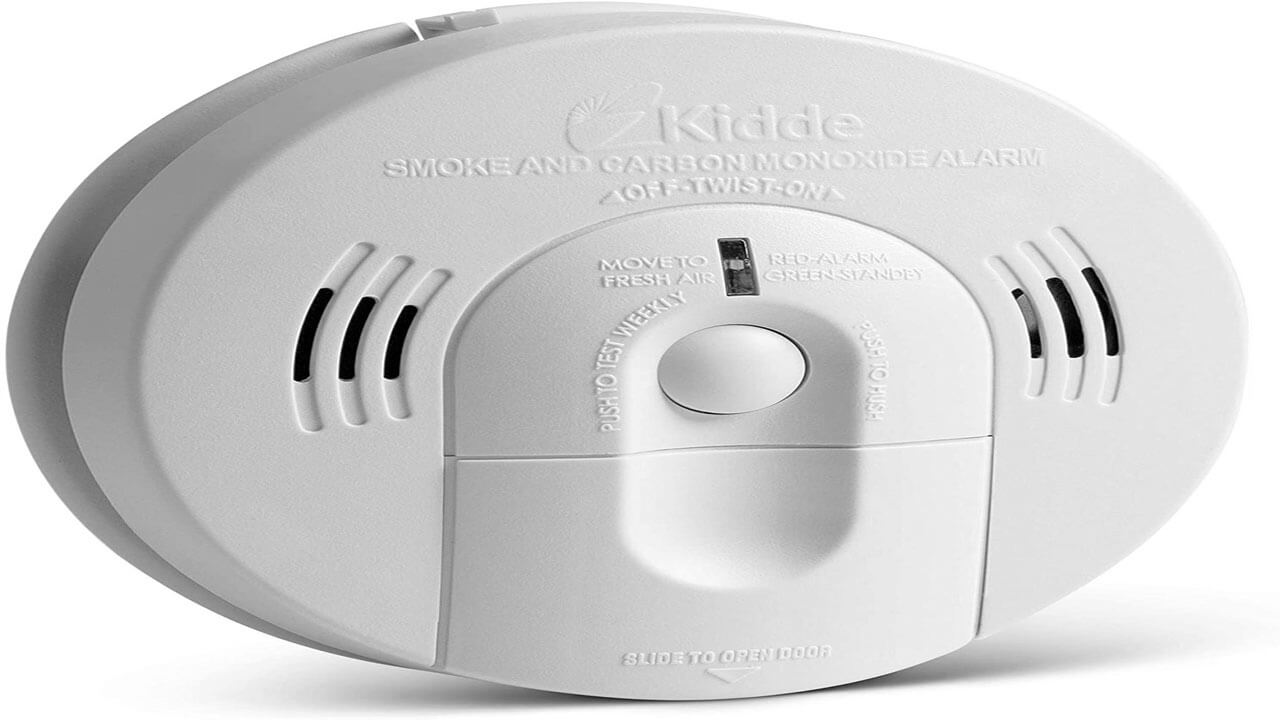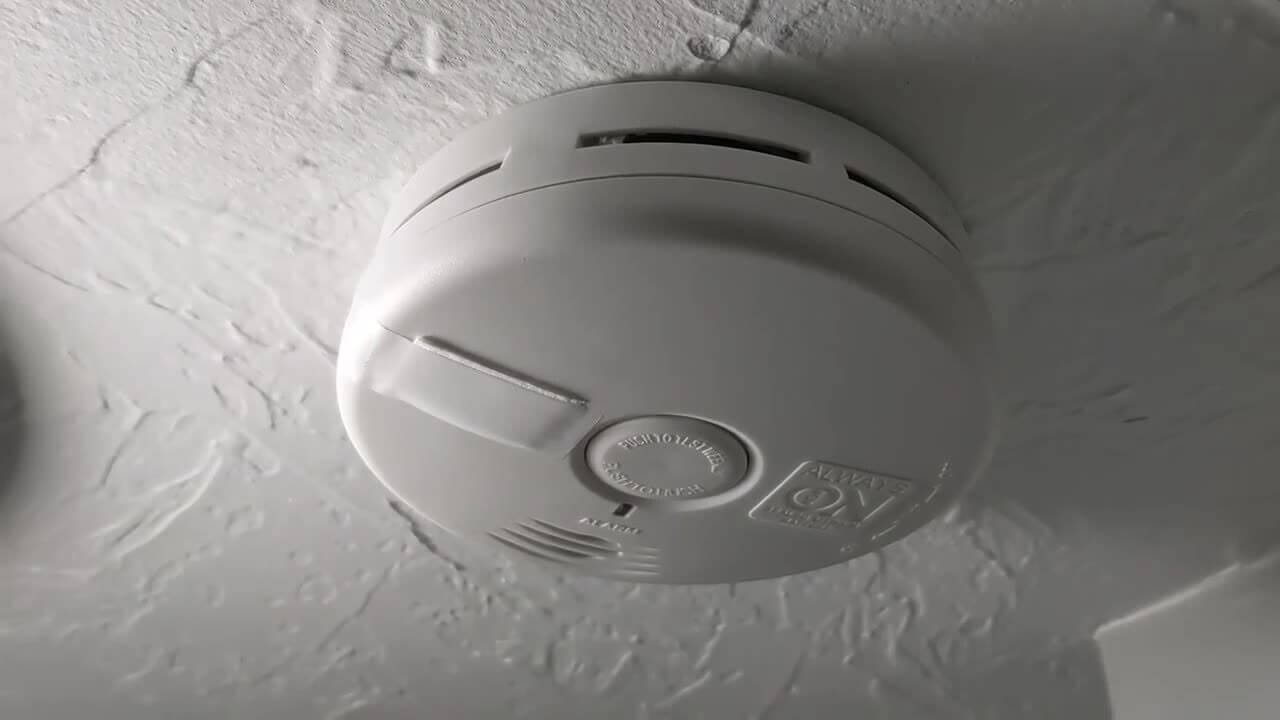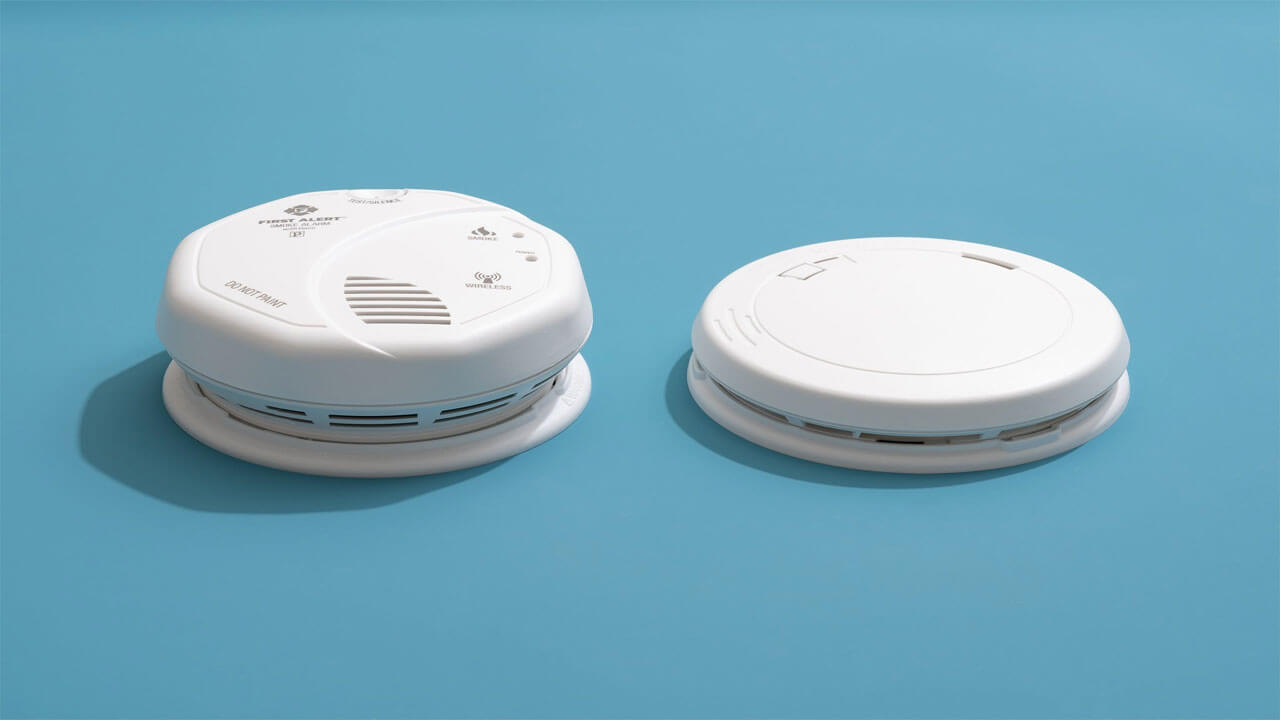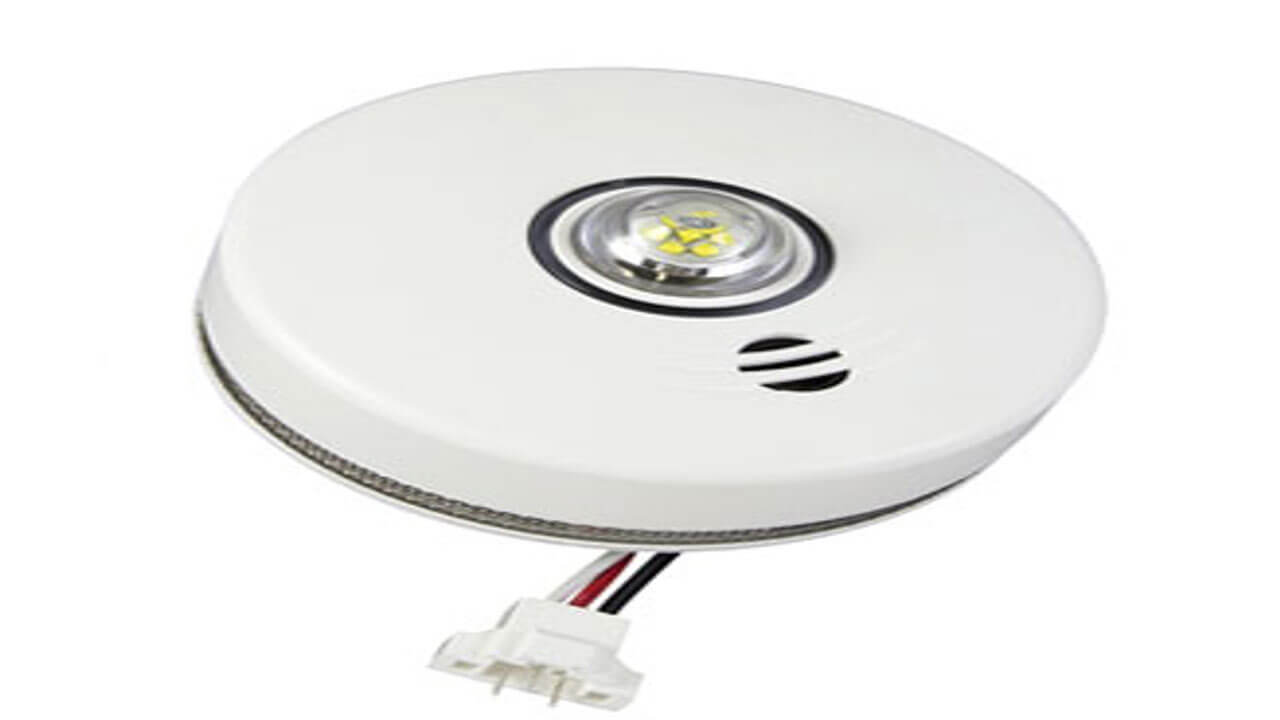An indicator light on a smoke detector can reveal important information. Different colors and blinking patterns usually signify different things; check your device’s manual for further clarification.
Red flashing light smoke detectors typically signal that it needs its battery replacing or that a false alarm has occurred, though sometimes this signal could indicate just that.

Battery
Red blinking smoke detectors or alarms usually indicate low batteries that need replacing; as a best practice, change out your smoke detector batteries every six months for optimal performance.
Maintain a backup battery to be prepared for unexpected power outages by keeping an extra set of batteries handy, along with an easy method for changing them out if the batteries run low. Hardwired smoke detectors with battery backup typically feature hinges which open and swing open the compartment door for convenient battery access; replacing a battery requires simply taking out and placing in another, followed by watching for LED indicators to switch from red/amber/green when power upcycle is completed; many organizations suggest checking your detector’s batteries once every month in order to help keep your family safe from potential fire hazards!

Wiring
Most smoke detectors feature an indicator light to inform users whether their device is functioning as intended or needs servicing, from whether to change batteries to what may be wrong with it. These lights can serve as an excellent visual reminder and aid in finding what may be a source of malfunction.
When your smoke detector flashes red, it could be due to low batteries or a blocked sensor. To address this problem quickly and efficiently, locate your detector in your home and remove its cover in order to access its battery compartment. Take out and replace old batteries with fresh ones ensuring good contact when closing up the compartment.
If this doesn’t do the trick, there may be an issue with your wiring that needs professional intervention. A qualified electrician will quickly identify what the issue is and get it rectified so your family remains safe in case of fire.

Debris
A smoke detector that’s been exposed to excessive dust may begin to malfunction as its sensors struggle to distinguish between smoke and dust particles. Dust, pet hair and debris float freely through the air and may enter your smoke detector’s chamber; certain brands include a warning light which alerts you that there is dust present so that you can take necessary measures for its cleaning.
Debris is defined as rubble, wreckage or the scattered remains of something destroyed, often left by natural processes like glacier melting or other natural events. Debris may also refer to large rock fragments left behind after natural phenomena have taken place; geologists use it as a term to refer to granular compounds made up of crushed granite debris (for instance recomposed into sandstone).

Short Circuit
Most smoke detectors come equipped with an alarm feature that alerts you when their battery power has become low, usually by beeping every minute for one hour to indicate when to change out batteries.
Smoke detectors rely on alpha particles derived from americium to ionize air molecules between two plates in their detection chamber and create a minute current that conducts through it, so when smoke particles enter it causes its flow to decrease, setting off an alarm circuit.
If power to your smoke detector is interrupted or cut off, it will malfunction and start flashing red. To restore normal operation of this device, reset its circuit breaker is recommended.
If this doesn’t help, there may be an issue with your wiring that requires professional attention. Each electrical circuit can only handle so much current consumption at one time so it is wise to connect only minimal appliances to it.